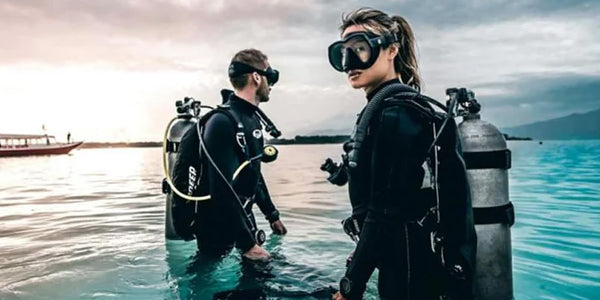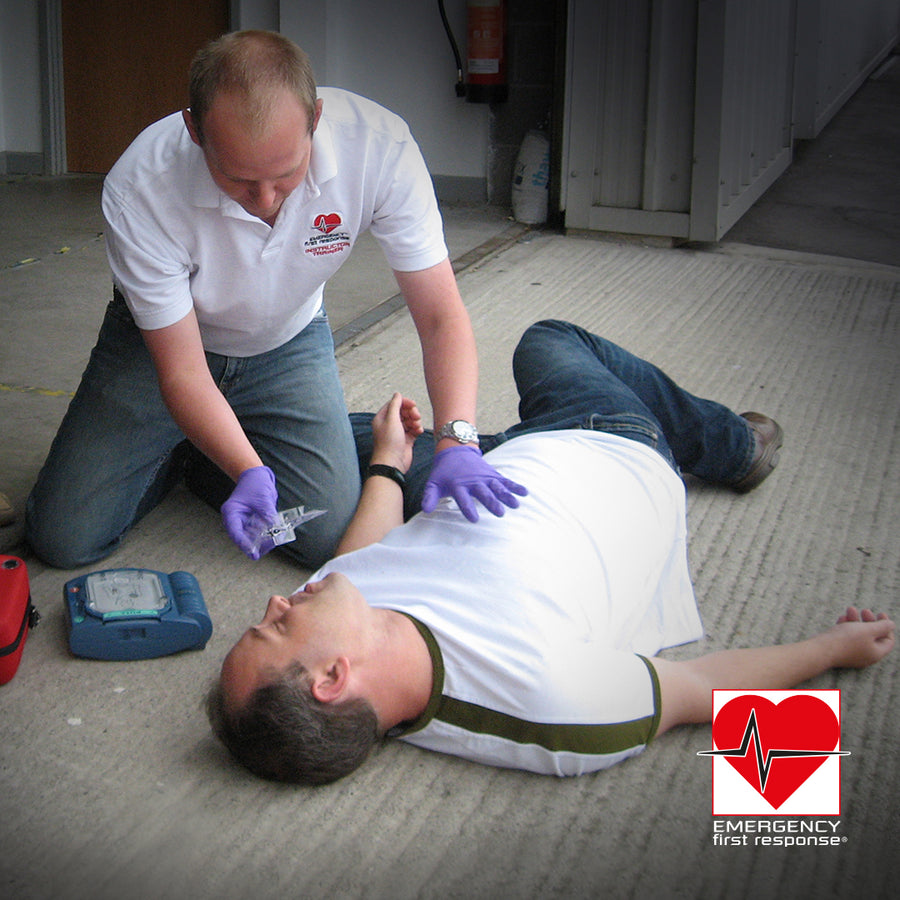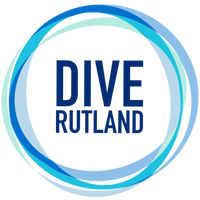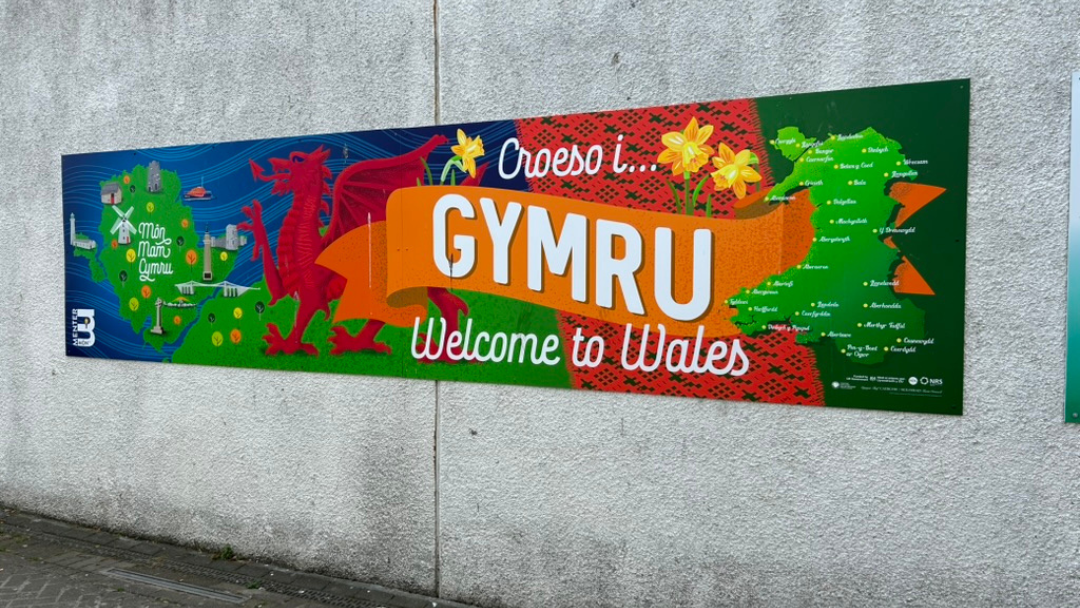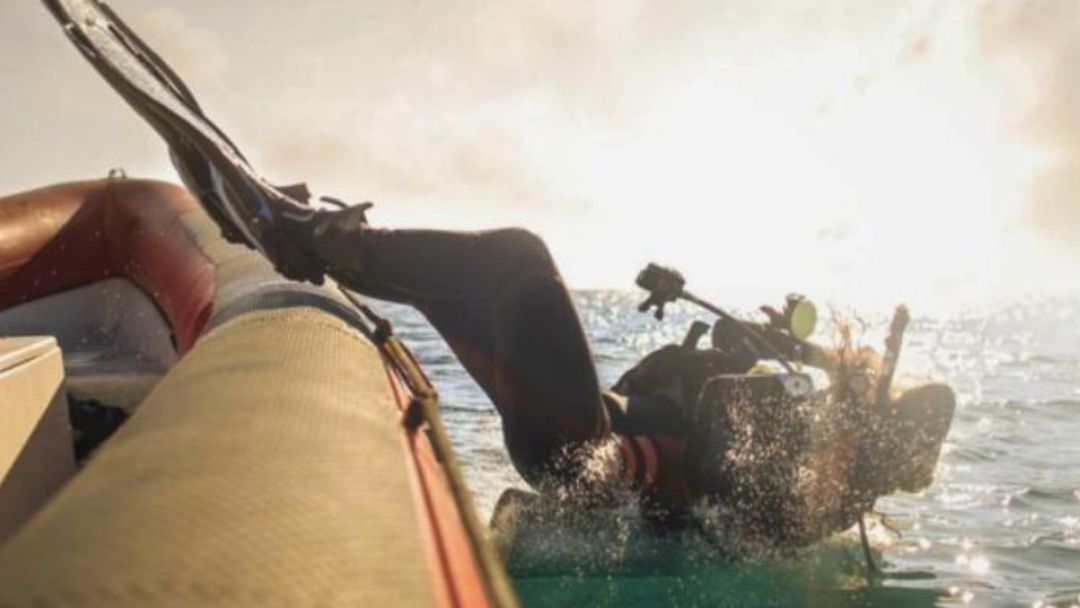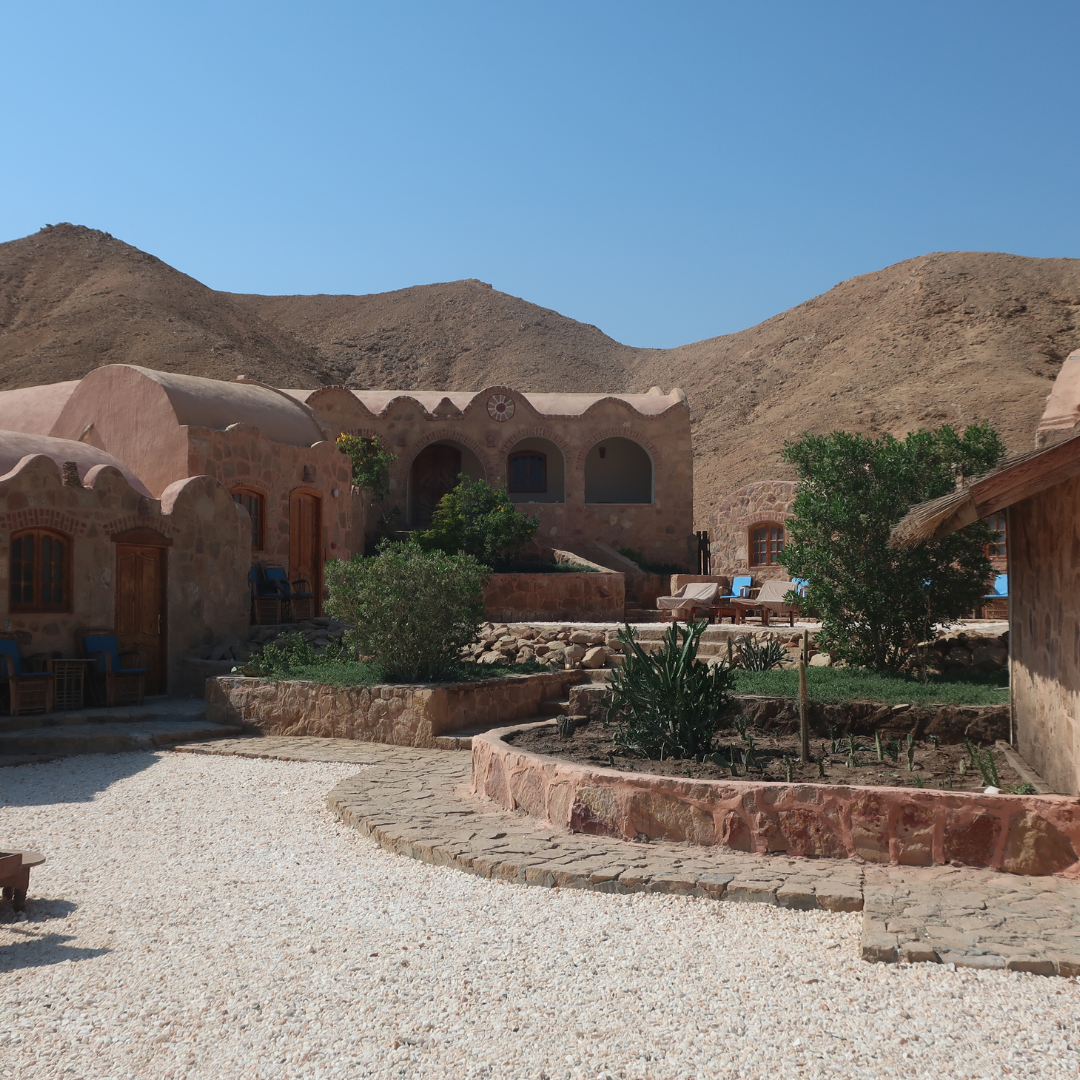Enriched Air (Nitrox) Explained

Although Nitrox has been used for recreational diving for almost 25 years, it is still often misunderstood.
As an instructor, I have found myself correcting countless students and divers who are under the impression that Enriched Air Nitrox (EANx) diving enables a diver to dive deeper than with normal air. This is a common misconception about nitrox diving.
I hope that this article will help to make sense of what it is and what it can do for you, but remember you do need specific training before diving using Enriched Air for the first time.
What is Enriched Air (Nitrox)?
Already the words Nitrox and Enriched Air have been interchanged in this article. That is because Nitrox quite literally refers to a mix of nitrogen and oxygen, regardless of the percentage of each in the mix, which could be means air could be called nitrox (21% Oxygen, 79% Nitrogen).
We should properly call the nitrox we use while diving “enriched air nitrox". It refers to any blend of nitrogen and oxygen in which the oxygen concentration is greater than that of normal air. This means an oxygen level of 22 percent or higher, although the most common enriched-air nitrox blend is 32 percent. The recreational diving limit is 40 percent oxygen.
What does Nitrox do?
As every entry level diver knows, increased pressure at depth causes our bodies to dissolve the nitrogen in the air we breathe into our bloodstream. This nitrogen absorption limits the time that we can spend underwater. As we dive deeper and for longer, we absorb more nitrogen at a greater rate. Our no decompression limit correlates to the amount of nitrogen our bodies can absorb before we must perform compulsory decompression stops or suffer the consequences of decompression sickness.
Enriched air nitrox slows down the nitrogen dissolution rate in our bloodstream, because there is less nitrogen in the mix that we’re breathing. The higher the percentage of your enriched air blend, the more extra oxygen will replace nitrogen.
Benefits of Enriched Air (Nitrox) Diving



Divers use enriched air nitrox for several reasons. An increased no decompression limit means longer bottom times (the amount of time you can spend at a depth). The lower percentage of nitrogen in the nitrox you’re breathing means your bloodstream is also absorbing nitrogen more slowly.
EAN is best applied to shallower dives. As an example of the improved bottom time one may realise by using EAN is for a diver making a dive to 18 metres on air has a no decompression limit of 56 minutes. In contrast, a diver making the same dive on Nitrox containing 36% oxygen would have a no decompression limit of 125 minutes. That's an hour more bottom time! (Results based on the PADI Recreational Dive Planner)
Surface intervals are usually shorter on nitrox as well. Since there is less nitrogen to off-gas, a diver on enriched air will be able to re-enter the water sooner than a diver using normal air after completing the same profile. This also means that divers using enriched air typically have longer maximum bottom times on repetitive dives.
Enriched air divers are often less tired at the end of the day as well because of less off-gassing.
Enriched air can be a valuable safety buffer for divers who choose to use it while following normal air tables, computers, profiles and procedures. Doing so creates a considerable conservative margin that further reduces the risk of decompression sickness.
Anyone who may be susceptible to DCS, such as those who are tired, overweight, older, have suffered decompression sickness before, or are diving with injuries, should consider diving Enriched air.


Myths, Considerations and Dangers
Although the benefits of diving with enriched air are significant, doing so also involves certain risks. One of the most common misconceptions about enriched air nitrox is that users can dive deeper than with normal air; in fact the opposite is true.
Under pressure, oxygen becomes toxic. The percentage of oxygen in normal air (21 percent) only becomes toxic at depths greater than the recreational limit. But the increased percentages of oxygen in enriched air mean that toxicity can become a problem at much shallower depths.
Toxicity causes convulsions that put a diver at risk of losing his regulator and subsequently drowning. However, enriched air courses teach divers how to work out their maximum operating depth using the percentage and partial pressure of the oxygen in their mix.
As long as you adhere to the maximum operating depth, oxygen toxicity should not be a problem.
Equipment Considerations for diving / using Enriched Air
Although it is safe to use standard scuba equipment with air blends containing up to 40 percent oxygen, the process by which an enriched air cylinder is filled often involves much higher concentrations.
Partial pressure blending exposes the cylinder to pure oxygen that techs later dilute with normal air. If they are not treated for exposure to such high levels of oxygen, cylinders can explode. Therefore, any part of the cylinder that comes in to contact with pure oxygen needs to be “oxygen clean.” You cannot interchange cylinders used for enriched air and normal air. Enriched air cylinders require decals or stickers to differentiate them from normal ones; service them annually.
There are a few other equipment considerations to bear in mind when thinking about enriched air diving. Before each dive, you are personally responsible for checking the percentage of oxygen in your cylinder. If it is even slightly off, your maximum operating depth (MOD) calculations will be too. You will need an analyser to check. Although you can usually borrow one from your dive centre, it’s a good idea to have your own if you intend to dive nitrox regularly.
If you dive with a computer, you need to make sure that yours has enriched air settings. It must correlate to the details of your mix before beginning each dive. Remember that enriched air does not improve air consumption, and neither does it give immunity to decompression sickness.
Continue to check your gauges, depth and time limits as often as you would when diving on normal air.
With these precautions and the necessary training, Enriched Air (Nitrox) diving is a fantastic way to get the most out of your diving experience. You’ll spend more time in the water, and less time waiting to get back in.
Can I Dive Nitrox with the Computer Set to Air?
The short answer is yes — but there are important caveats.
If you dive using an enriched air mix and leave your dive computer on the default “Air” setting, the computer will treat your breathing gas as normal air.
This means it will calculate decompression based on 21% oxygen / 79% nitrogen. For nitrogen absorption and no-decompression limits (NDLs), that adds a safety margin — you’ll remain more conservative than you need to be.
However, the computer will no longer monitor oxygen exposure (ppO₂), CNS/OTU, or alert you if you exceed the Maximum Operating Depth (MOD) for your nitrox blend. In short: unless you manually track your oxygen exposure and respect depth/time limits, you’re giving up a major benefit of Nitrox and adding risk.
In my opinion, the true benefit of the use of a nitrox breathing mix with your dive computer set on the “Air” setting is that it provides the kind of safety factor that, personally, I am comfortable with. Therefore, divers who wish to take a conservative approach to diving would be well advised to use a Nitrox breathing gas mix on every dive while. Their dive computer stays firmly on the “Air” setting.
Should I do the Enriched Air Speciality?
- Are you interested in diving a bit longer and within safe recreational limits in the UK or abroad?
- Do you wish to plan dives with more safety knowledge such as reduce the risk of DCI
- Do you do repetitive daily dives and get tired early on holiday?
If you answered YES to any of these questions then the Enriched Air (Nitrox) Course is for you. Its a dry course so easily done prior to that next holiday or dive trip.
Last updated December 2025

